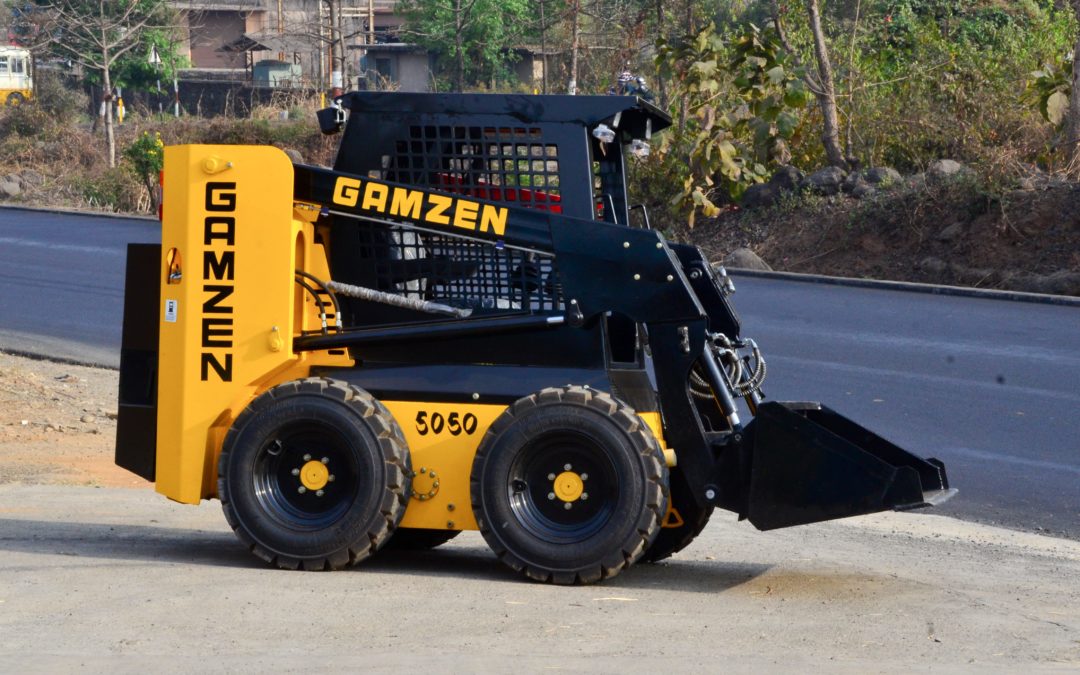Skid steer loaders have become the unsung heroes of construction sites, farms, and various industries around the globe. These compact, versatile machines are renowned for their ability to navigate tight spaces and handle a myriad of tasks. In this blog post, we’ll delve into the world of skid steer loaders, shedding light on both the commonly discussed aspects and those often overlooked.
Understanding Skid Steer Loaders
- Compact Powerhouses: Skid steer loaders are designed for efficiency in confined spaces. Their compact size allows them to maneuver easily through narrow pathways, making them indispensable in construction projects and landscaping. The average skid steer is typically under seven feet in width, allowing it to access spaces larger machinery cannot.
- Hydraulic Systems: The heart of any skid steer loader lies in its hydraulic system. These machines use hydraulics to power the movement of the machine, including the operation of attachments. The hydraulic system’s efficiency is a key factor in the loader’s overall performance.
- Lift Capacity: Skid steer loaders come in various sizes with different lift capacities. The smallest models can lift around 700 pounds, while larger, more robust models can handle over 3,000 pounds. This diversity in lift capacity makes skid steers adaptable to a wide range of tasks.
Uncommonly Discussed Aspects
- Tire Technology: Skid steer loaders commonly use two types of tires: pneumatic and solid. Pneumatic tires provide better shock absorption and traction, while solid tires are puncture-proof and more durable. The choice between these two tire types can significantly impact the loader’s performance in specific environments.
- Emission Standards: In recent years, there has been a growing focus on environmental sustainability. Skid steer manufacturers are increasingly adhering to stringent emission standards. The move towards cleaner engines and alternative fuels, such as biodiesel, reflects the industry’s commitment to reducing its environmental footprint.
- Operator Comfort: Operator comfort is often overlooked in discussions about skid steer loaders. However, modern models feature ergonomic designs, improved visibility, and enhanced cab insulation to minimize noise and vibration. Comfortable operators are more productive and experience less fatigue during long hours of operation.
- Advanced Attachments: While many blogs touch upon the versatility of skid steer attachments, the latest advancements are sometimes left unexplored. Cutting-edge attachments include advanced grapple systems, high-capacity buckets, and even 3D printing capabilities for on-site fabrication.
Conclusion
Skid steer loaders, with their compact design and impressive capabilities, continue to be a crucial asset across various industries. Understanding the often overlooked aspects, such as tire technology, emission standards, operator comfort, and advanced attachments, is vital for making informed decisions when choosing or operating these machines.

